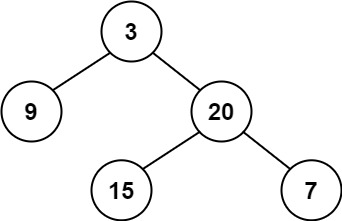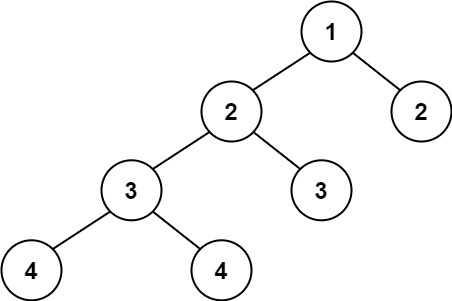Given a binary tree, determine if it is height-balanced.
For this problem, a height-balanced binary tree is defined as:
a binary tree in which the left and right subtrees of every node differ in height by no more than 1.
Example 1:

Input: root = [3,9,20,null,null,15,7]
Output: true
Example 2:

Input: root = [1,2,2,3,3,null,null,4,4]
Output: false
Example 3:
Input: root = []
Output: true
Constraints:
- The number of nodes in the tree is in the range [0, 5000].
-10^4 <= Node.val <= 10^4
Solution in python:
# Definition for a binary tree node.
# class TreeNode:
# def __init__(self, val=0, left=None, right=None):
# self.val = val
# self.left = left
# self.right = right
class Solution:
def isBalanced(self, root: TreeNode) -> bool:
def Height(root: TreeNode):
if root == None:
return 0
else:
return 1 + max(Height(root.left), Height(root.right))
if root == None:
return True
elif abs(Height(root.left) - Height(root.right)) <= 1:
return self.isBalanced(root.left) and self.isBalanced(root.right)
else:
return False
留言